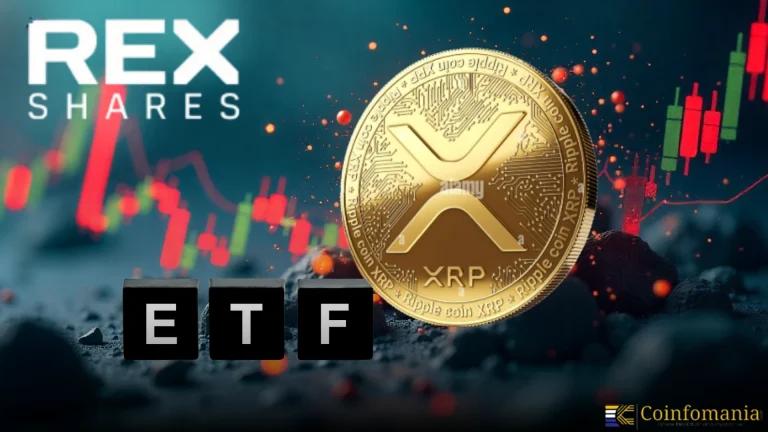CoinDCX CEO Urges India to Back Web3 as BJP Backs Stablecoins
CoinDCX CEO Sumit Gupta backs BJP's stablecoin-friendly stance and urges India to lead the Web3 future. Regulation could unlock $1T in GDP.

Quick Take
Summary is AI generated, newsroom reviewed.
CoinDCX’s Sumit Gupta calls stablecoins “India’s $1T GDP opportunity,” citing BJP’s bold fintech push.
Gupta says it’s time India embraces crypto to create jobs, attract capital, and lead innovation.
With the U.S. already greenlighting stablecoins, India risks falling behind without clear Web3 policy.
India just got a wake-up call from an unlikely alliance: politics and crypto. Sumit Gupta, the CEO of CoinDCX, gave a big thumbs-up to BJP spokesperson Pradip Bhandari’s latest op-ed. Bhandari made a bold pitch: India should go all-in on stablecoins and take charge in the global fintech race.
Gupta called the op-ed a “very good” take, saying it “highlights how stablecoins actually strengthen the global fintech ecosystem.” In a tweet, he added, “The Web3 ecosystem has the potential to add $1 Trillion to India’s GDP by 2032.”
The U.S. Leads, India Watches
Gupta’s reaction comes just as the U.S. greenlit stablecoins via the GENIUS Act. The bill gives regulated entities like Amazon and JPMorgan the ability to issue tokenized dollars backed 1:1 by U.S. Treasuries. This isn’t a speculative crypto play, it’s an economic strategy. Treasury Secretary Scott Bessent says, “Stablecoins could end up being the largest buyers of US Treasury Bills.”
The bill passed with bipartisan support. That rare unity shows how seriously the U.S. views blockchain’s role in its economic future. India, meanwhile, remains hesitant. The RBI has valid concerns around monetary control, but as Bhandari argued, tokenized rupee-backed stablecoins can still exist under a regulated, sovereign framework.
A Missed Opportunity Without Regulation
India’s digital infrastructure is already world-class: UPI, Aadhaar, ONDC, we’ve built the pipes. But when it comes to Web3, most Indian developers operate offshore or under regulatory uncertainty. “Countries around the world are drafting frameworks and developing their ecosystems,” Gupta tweeted. “It is time for India to act too!”
The potential upside is massive. With regulatory clarity, Gupta believes Web3 could become a pillar of India’s economy. Not just through trading, but through new forms of savings, digital identity, and tokenized public debt.
The Stakes: Jobs, Investment, and Talent Drain
India has a chance to lead, but it’s also at risk of falling behind. Developers are leaving. Startups are migrating to crypto-friendly hubs like Dubai or Singapore. Regulation isn’t just a formality, it’s a magnet for talent and capital.
Gupta and Bhandari both see this. Their message is clear: India must move fast. Stablecoins and blockchain infrastructure offer more than just speculative returns, they’re key to modernizing the economy, attracting FDI, and creating millions of jobs.
From Fringe to Financial Backbone
Cryptocurrency and Web3 aren’t fringe anymore. Emirates Airlines accepts crypto payments. Major U.S. firms are issuing stablecoins. India can’t afford to treat this as a niche anymore. Gupta’s endorsement of the BJP‘s stance isn’t just a tweet, it’s a call to action. For India, the window to lead Web3 is open. However, it won’t stay that way forever.
References
Follow us on Google News
Get the latest crypto insights and updates.
Related Posts

Hong Kong Banks Can Hold More Bitcoin as Rules Ease
Hanan Zuhry
Author

South Korea Crypto Sector Steps Up with New Venture Rules
Hanan Zuhry
Author

REX-Osprey Spot XRP ETF Goes Live Sept 12 in Landmark US Debut
Shweta Chakrawarty
Author